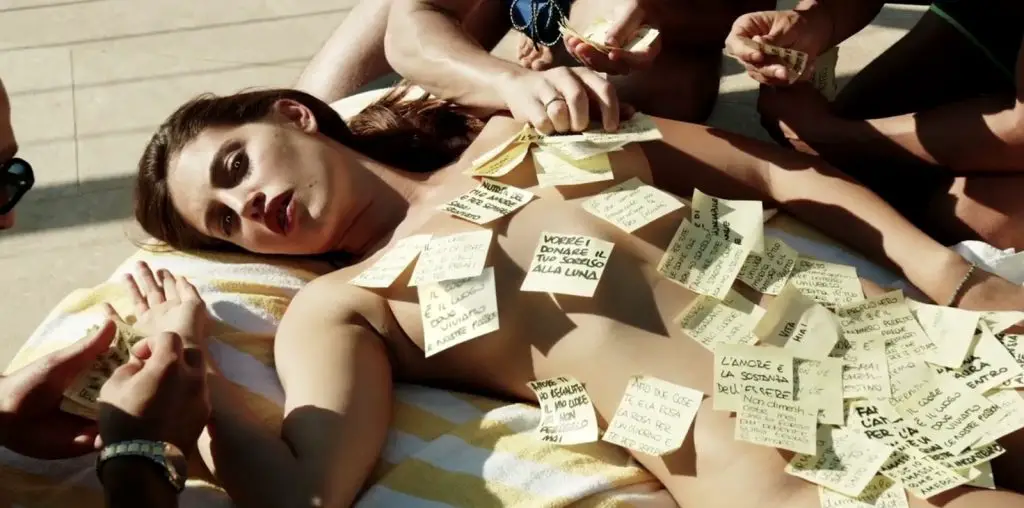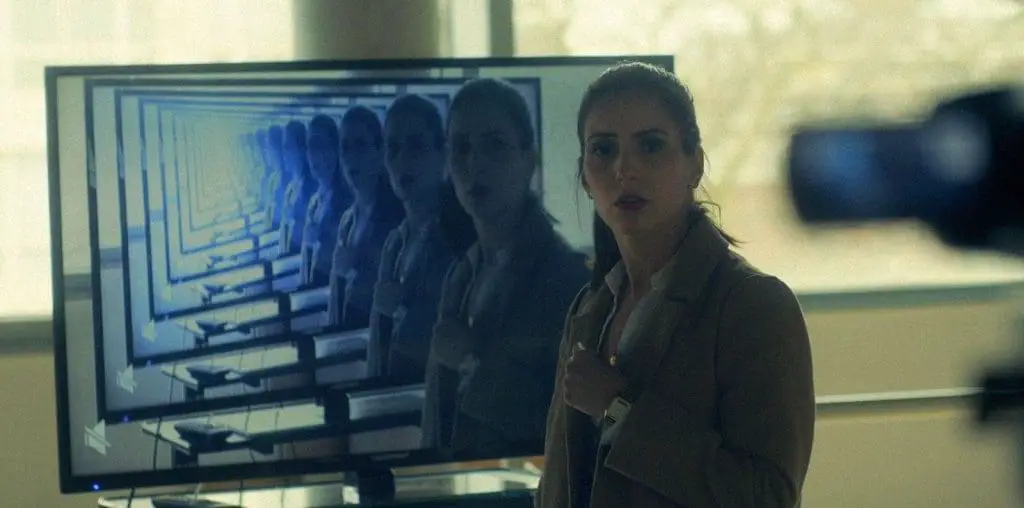
Sometimes things just appear out of nowhere. Cars, pedestrians, road kill, and credit card bills have a tendency to manifest themselves unexpectedly. In some cases, you’re given some kind of signal, allowing you to anticipate the actions of an oncoming vehicle or a person who is standing too close to the intersection. But because you’re not psychic, their abrupt actions usually catch you off guard. Once in a while, a film’s narrative will also appear out of nowhere, and depending on how the film begins, you’ll find the immediate plunge into action either refreshing or confusing.
The very beginning of William Minsky’s film “Purple Gas” is an audiovisual exposition that provides the context from which the narrative develops. The narrator’s scruffy, nasal voice explains that in the 1940’s, a cheap kind of gas was developed for farmers and their non-commercial vehicles’ consumption. Known as Purple Gas, because of a colored dye added into the special petroleum, it became very popular among locals in the 70s when gas prices skyrocketed. The local government dispatched Regulators to track down and dispose of anyone that might be putting Purple Gas to illegal use. The most notorious of the enforcers is The Regulator.
Shortly after the narration portion (which would make a great “Reefer Madness” spin-off itself) presents the background information, the rest of the film commences. The key players in the film are The Regulator (Dana Andersen), Purple Gas fanatics/thieves Cole (Josh Dean) and Deke (Belinda Cornish), and Paulie (Donovan Workun) the gas station attendant. The plot isn’t complicated, but it takes several scenes for the viewer to make sense of the images he’s just seen and how they’re related to each other. For instance, the first scene immediately following the exposition presents The Regulator’s first victim. This scene is supposed to be a transition between the exposition and the rest of the film, but it doesn’t completely accomplish its task because the viewer will not necessarily make the connection between the two scenes. It takes about ten more minutes for you to remember the part about purple gas.
Minsky’s film does get better the more of it that you watch; the acting is even quite good in a barn scene with Cole and Paulie. Minsky also incorporates a variety off unconventional camera angles that contribute to the unsettling tone of the film. There’s an impressive action sequence where Cole and Deke hijack two trucks that are transporting the gas. Ultimately, though, awkward lighting, weaknesses in the audio of some scenes, spots of mediocre dialogue, and an ending that doesn’t go anywhere particularly pleasing to the viewer make it difficult to really enjoy Minsky’s ode to unattractive renegade law enforcement personnel.
“Purple Gas” isn’t without its good qualities—including some very entertaining outtakes during the ending credits—but you’d probably prefer to watch a film whose parts are as strong as the whole, and whose story doesn’t just appear out of nowhere.


